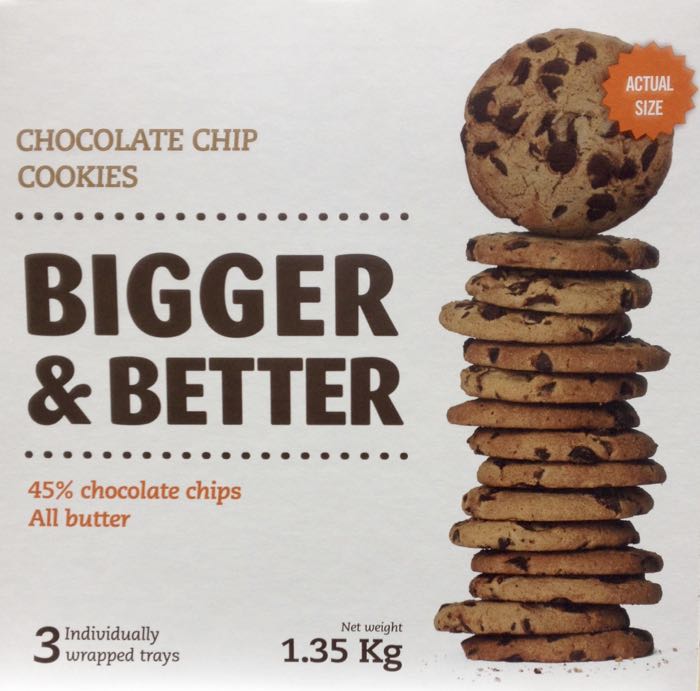RECIPE TO RETAIL: Part 7…

Packaging is a huge investment. Jumping into label design without a plan is like baking a cake without a recipe. Packaging mistakes can be costly resulting in lost sales and expensive redesigns and packaging write-offs.
Optimizing Packaging
Following a methodical process for packaging development can deliver a slew of benefits for brand owners:
- protection of product integrity, longer shelf life and fewer product write-offs;
- reduced risk of recalls;
- fewer customer complaints;
- improved production efficiency and faster time to market;
- waste reduction;
- lower labour costs;
- improved shelf presence and differentiation from competitors; and ultimately
- increased customer loyalty, sales and profit.
Packaging has three primary functions. It serves as a container to store and transport food from factory to retail shelf and into consumers’ homes. As a barrier, it protects food quality and safety from physical, chemical and biological hazards. This is where food science and packaging intersect. And as a ”billboard” for communication, packaging is your last chance to convince consumers to choose YOUR product over everyone else’s.
Assessing Options: Top 10 Factors
A multitude of factors should be considered when developing packaging.
1. Product and processing
It starts with the characteristics of the food, food safety requirements and how it’s prepared and consumed. Then options are narrowed down according to the manufacturer’s processing methods and equipment capabilities.
2. Size
The weight or volume of the finished product also determines the packaging format. The ideal package size is based on regulations, batch and serving sizes, product usage, consumer needs, competitors, price point and in which channels the product is sold.
3. Materials
Ensuring that packaging materials are food grade and meet specifications and performance requirements is essential. Look for manufacturers certified under IFS PACsecure, a packaging material safety and quality standard.
4. Distribution
Depending on the channels through which products are distributed, retailers and food service operators have a variety of needs relating to packaging formats, damage susceptibility, handling and waste. Costco, for example, has strict packaging specifications.
5. Branding
Packaging can reinforce a brand’s values, identity, attributes and benefits. Align packaging with the brand strategy and ensure it delivers on the brand promise. For instance, an organic brand may do well to shun plastic packaging.
6. Consumers
Understand target consumer needs and what features and benefits they value and are willing to pay for. A negative experience can drive them to your competitor.
7. Competitors
Scrutinize competitive products to identify advantages and flaws. Although unique packaging is a differentiator, it can confuse consumers if it fails to meet their needs. Testing concepts with the target customer can mitigate risks.
8. Merchandising
It’s critical to evaluate how effectively the packaging displays in-store.
9. Sustainability
Environmentally conscious consumers are holding brands accountable for swelling landfills and polluted oceans. So review the material origins, disposal options and recyclability. Laminated pouches, for example, are not recyclable.
10. Cost
Cost often drives the decision, but choosing the cheapest solution can result in bad compromises and cost more in the end. In addition to materials and printing, be sure to factor in transportation, inventory storage, sales volume and potential write-offs.
Packaging is an evolution. As your brand evolves so too should the packaging, to remain relevant to changing consumer demands.
With over 50% of purchase decisions made in-store, effective packaging can drive trial, customer loyalty and repeat purchases.
As a packaged foods consultant, Birgit Blain makes food products more marketable. Her experience includes 17 years with Loblaw Brands and President’s Choice®. Contact her at Birgit@BBandAssoc.com
© Birgit Blain
This article appeared in Food in Canada magazine.


Hi Birgit,
As always, your Newsletters are informative and right on point. I hope every start up food entrepreneur reads your Blogs, it would save them a lot of money and mistakes.
Even though I’ve been in the food business for well over 20 years, your Blogs teach me more or concisely reinforce what I already know.
Keep up the good work and keep them coming!
Nadja, I really appreciate your comments. They are especially meaningful coming from someone with your extensive experience producing healthier and gluten-free snacks and desserts.
Warmest regards, Birgit